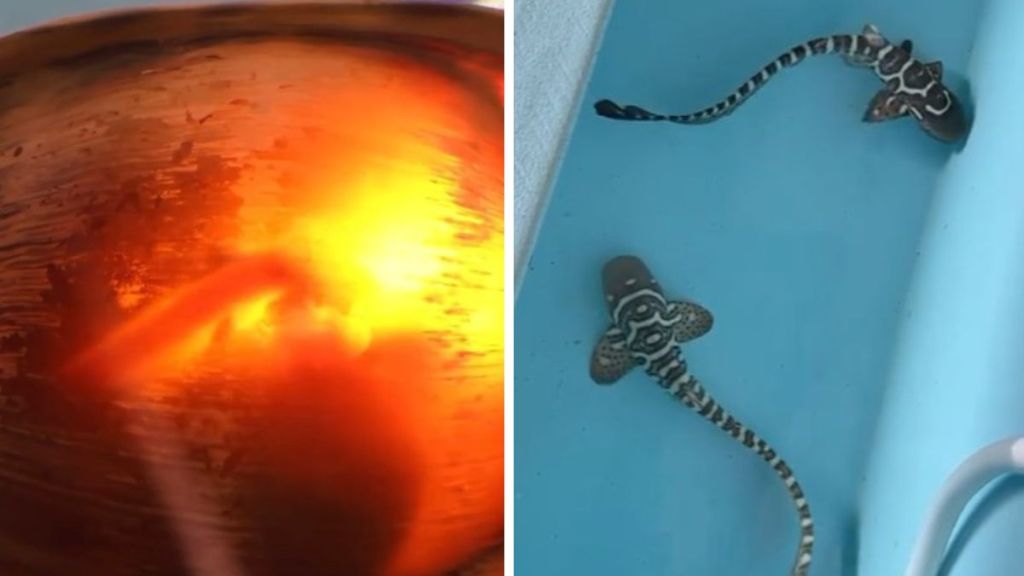Zebra sharks are listed as endangered on the International Union for the Conservation of Nature (IUCN) Red List. The shark fin trade and loss of habitat have decimated zebra shark numbers. ReShark is a worldwide collective group working to restore populations of endangered sharks and rays. The global partnerships are working together to increase populations through the Stegostoma tigrinum Augmentation and Recovery (StAR) Project.
Videos by InspireMore
The West Papua Provincial Government and the Research and Innovation Agency of Indonesia are working together to lead the StAR Project. The project works with aquariums to transplant aquarium-bred egg cases to protected hatcheries in Raja Ampat.
The Georgia Aquarium is a founding member of the StAR Project and is proud to assist in the reproductive efforts of the zebra shark. After assessing the viability of the eggs, the aquarium collects zebra shark egg cases, also called “mermaid purses.” The eggs are sent to hatch near the reefs of Raja Ampat. Raised within the reefs, specialists monitor the sharks until they reach the right size and age. The animals receive tags before release into the Indian Ocean.
Zebra sharks are generally docile and harmless to humans. They can grow to approximately 12 feet in length. Adult coloration is tan with dark spots, although some may appear almost white with very light spots. The name “zebra shark” originates from its distinctive coloration during the juvenile phase. They are typically dark with yellow bars, making them resemble the stripes of a zebra.
Zebra sharks eat small fish and a variety of invertebrates, including sea urchins, shrimp, crab, and snails. They prefer a sandy seabed near coral reefs. They are nocturnal and spend their days resting on the sandy ocean floor.
Please share this amazing replenishment project.
You can find the source of this story’s featured image here.
Want to be happier in just 5 minutes a day? Sign up for Morning Smile and join over 455,000+ people who start each day with good news.


